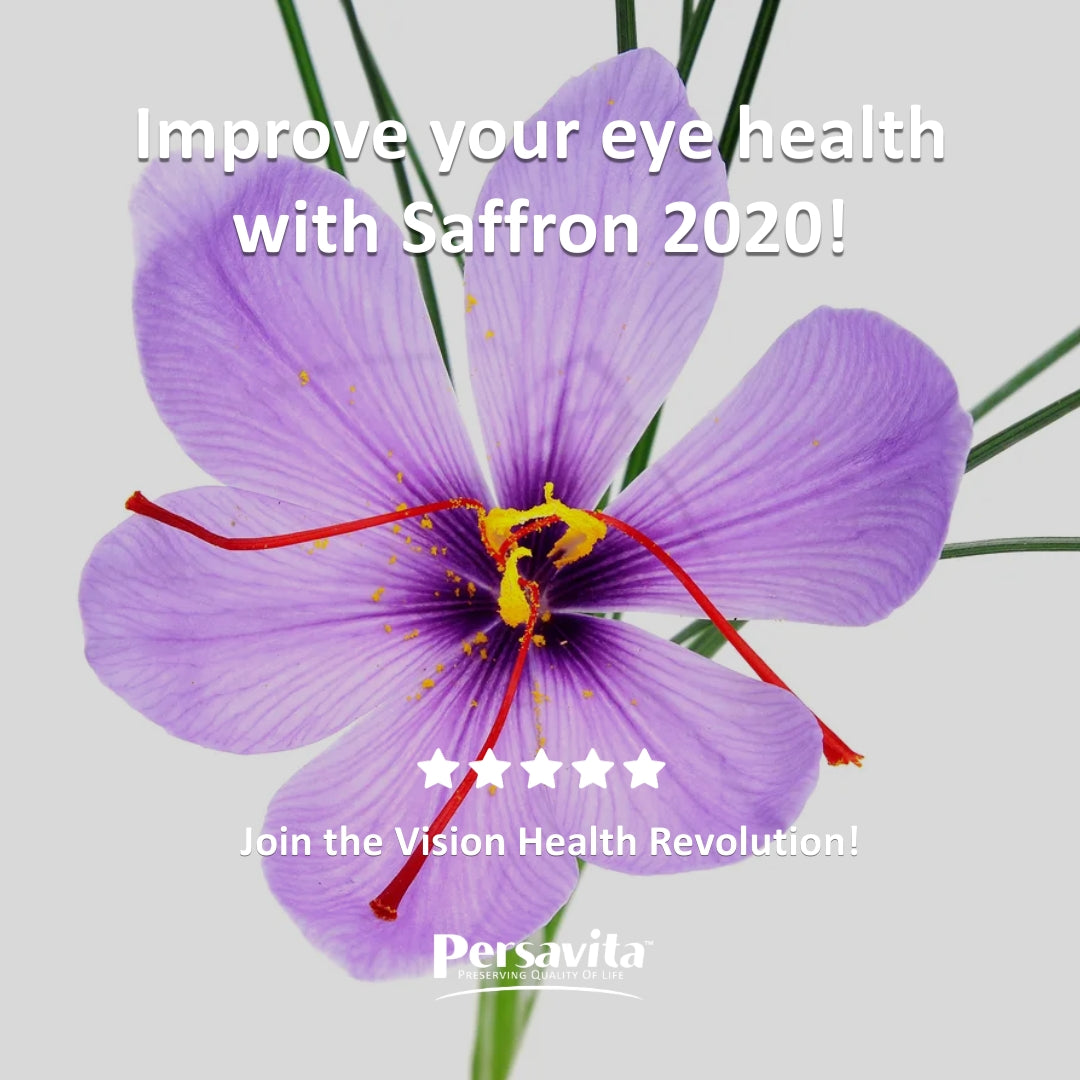AMD Support Groups: Navigating Life with Age-Related Macular Degeneration
Empowering Through Community: Age-Related Macular Degeneration Support Networks
1. Introduction: The Power of Community in AMD Journey
Age-Related Macular Degeneration (AMD) can feel isolating. But with the right community, it doesn’t have to be. In this guide, we’ll explore how AMD support groups can be instrumental in one’s journey with this eye condition.
2. Understanding Age-Related Macular Degeneration (AMD)
Before diving into support groups, it’s essential to grasp the basics of AMD. It’s an eye disorder that affects the macula, leading to vision loss primarily in the center field of vision.
3. Why Seek Out an AMD Support Group?
- Empathy and Understanding: Only those going through AMD can genuinely understand the challenges.
- Practical Tips: Discover strategies that others have found useful.
- Mental Health Benefits: Combat feelings of isolation and depression.
4. The Different Types of AMD Support Groups
- Online Communities: Sites like MacularDegeneration.net host vibrant online discussions.
- Local In-Person Groups: Local hospitals or community centers often have regular meet-ups.
- Specialized Groups: Some cater to those with early-stage AMD, while others focus on more advanced cases.
5. What to Expect from an AMD Support Group
- Shared Stories: Personal experiences offer insights and hope.
- Expert Sessions: Occasionally, eye doctors or therapists might give a talk.
- Coping Strategies: Learn meditation, dietary tips, or discover the latest assistive technologies.
6. Benefits of Online Vs. Offline Support Groups
Online groups offer convenience and a broader reach, while offline groups provide deeper, face-to-face connections and immediate feedback.
7. Tips to Make the Most of Your Support Group
- Active Participation: Engage, share, and ask questions.
- Respect Privacy: Remember, everyone’s there for support. Maintain confidentiality.
- Stay Updated: Medicine and technology are ever-evolving fields. Keep abreast of the latest in AMD research.
8. Starting Your Own AMD Support Group
If there’s no group in your area, why not start your own? Gather interested parties, decide on a platform or venue, and start the conversation. Remember, the goal is support and shared growth.
9. Beyond Support Groups: Other Resources for AMD Patients
- Books & Journals: Many publications offer insights into living with AMD.
- Workshops: These might cover vision aids, dietary guidance, or other relevant topics.
- Counseling: A professional can offer strategies for coping with vision loss.
10. The Power of Shared Experience
While medical interventions are crucial, the emotional and psychological facets of dealing with AMD are equally vital. Shared experiences in support groups provide comfort, showing that while the journey might be personal, one doesn’t have to walk the path alone.
Conclusion
AMD support groups serve as more than just platforms for shared stories. They’re communities of strength, resilience, and hope. Whether online or offline, they offer a haven, resources, and a sense of belonging to those grappling with age-related macular degeneration. In our quest to navigate the challenges of AMD, remember that unity is strength, and together, we can find clarity in the midst of uncertainty.


Leave a comment
This site is protected by hCaptcha and the hCaptcha Privacy Policy and Terms of Service apply.